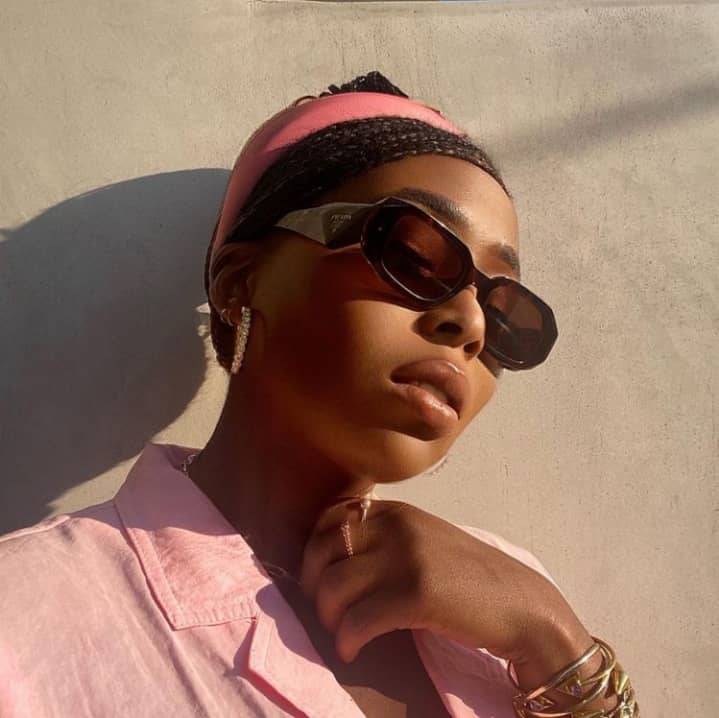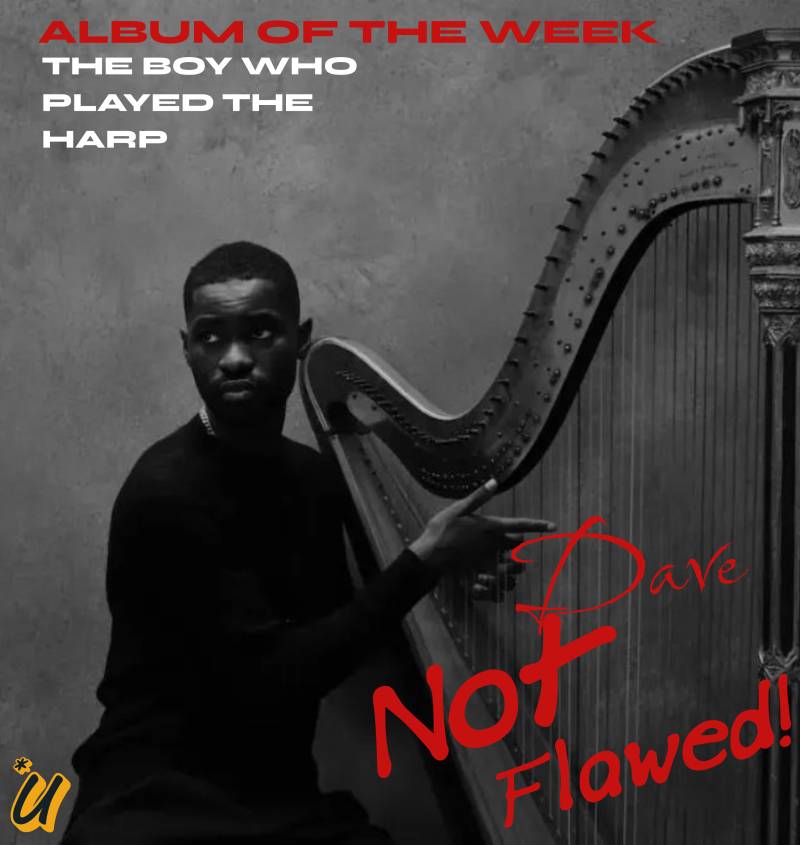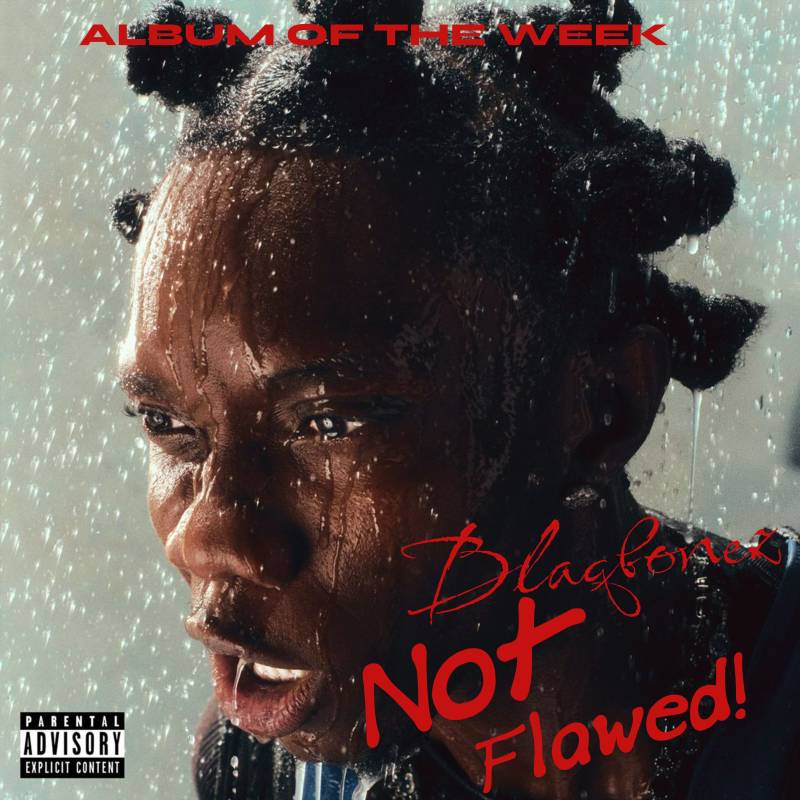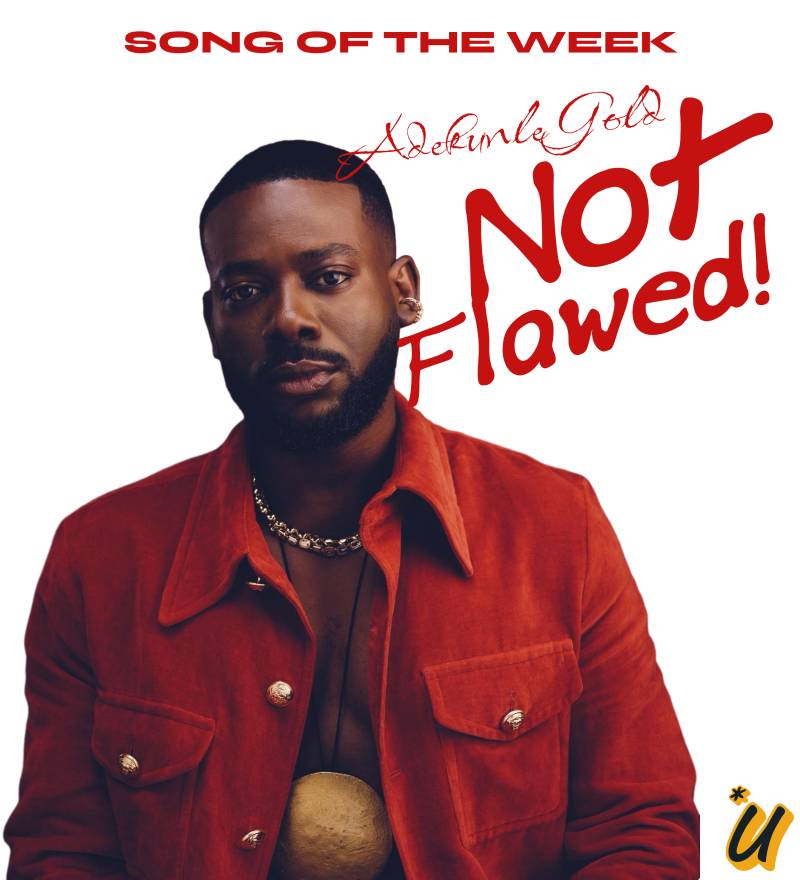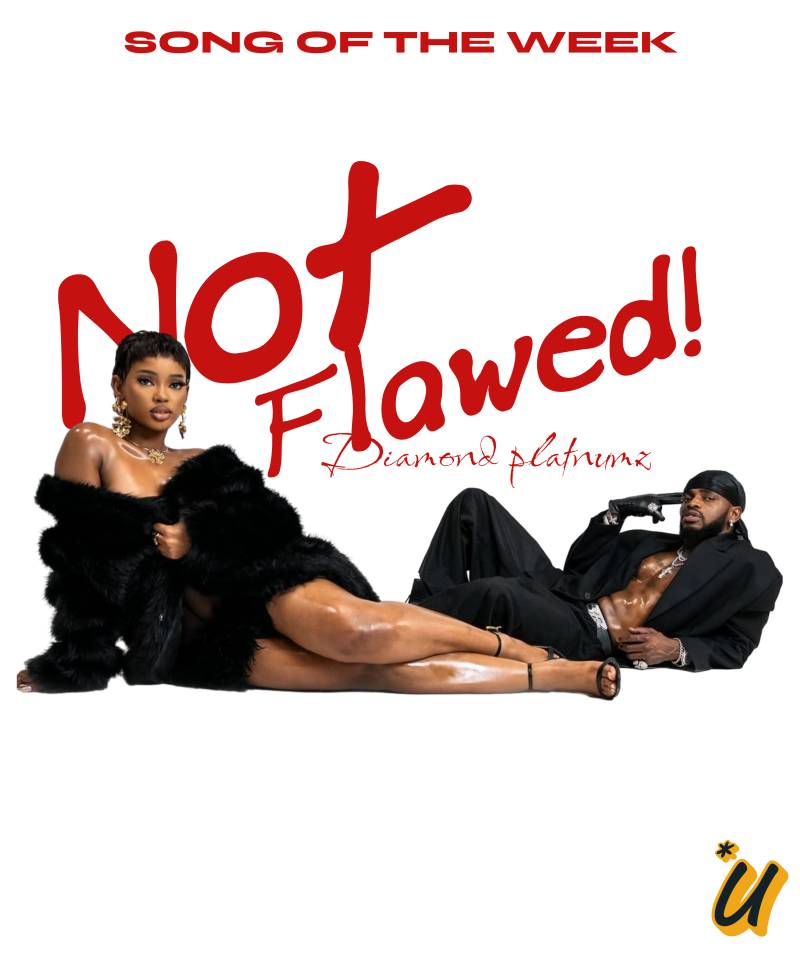The Bronx native credits her Nigerian background with cultivating her unique eye for color and texture.
DHANI MAU
In our long-running series How Im Making It, we talk to people making a living in the fashion and beauty industries about how they broke in and found success.
When it comes to styling, Ade Samuel can wear any hat.
Having cut her teeth at Teen Vogue and CR Fashion Book, the Los Angeles-based New York transplant styles magazine covers, editorials, music videos, commercials, live performances and, of course, red carpet looks, having worked with the likes of Michael B. Jordan, Big Sean, Khalid, Letitia Wright and Jodie Turner-Smith throughout her career. And whether she has all the creative control or is working under someone elses vision, theres a special vibrancy that shines through all her work: She has an eye for color and texture, even with her own outfits, which I always love seeing, whether on Instagram or at some L.A. fashion event.
Samuel tells me she never set out to have a signature aesthetic, but noticed this through line while creating a new website via an official partnership with Squarespace during the pandemic, which of course put her usually-packed shoot and event schedule on pause.
I saw my work and could see why people are always like, I love your bold colors and I love your prints, she says. I think that naturally that comes from my background, being African and living in this vibrancy of colors and prints and patterns and textures.
Raised in the Bronx, Samuel has always been inspired by her Nigerian heritage. She visits the country often, sometimes for work: She recently created a short film there with Essence titled A Love Letter to Nigeria, which marks her first (but not last) official foray into filmmaking, which she sees as an extension of her love for visual storytelling.
Read on for our chat about getting started in the New York editorial world, relocating to Los Angeles, navigating the pandemic, racial equity in the industry and much more.
When did you first realize you had an interest in fashion?
It started when I was young. It really was innate from the culture that I come from, being Nigerian. My parents always went to different traditional events, parties and weddings. My grandma was a pattern maker and designer who would sew up so many different fabrics for my family members and the neighbors. I used to watch her and help her, so I always had a relation with fashion through my grandma and my mothers taste for different silhouettes of different designers that she would collect and bring home.
How did you get started in the industry?
I ended up going to school for it, because I knew that was something I wanted to do. I went to Buffalo State, got a degree there and then went to FIT. Through that time I was interning, and I interned for [then-IMG Ambassador] Fern Mallis. I dabbled in so many different spaces of fashion to decide where I wanted to land, and after her, I interned at Diane von Furstenberg and then at this small boutique PR company.
I later realized I wanted to be a stylist, so I assisted some people. I assisted at Teen Vogue, and thats where I started the bulk of my career in editorial, diving into the market and understanding the different designers, brands and people that existed in the fashion industry. I realized I really like the creative aspect of having to piece together and create a story with clothes, and really understood what stylists did. So I started to assist certain stylists that would come and work with the magazine, like Edward [Enninful] and Heathermary Jackson, Alex White, Camilla Nickerson and all these amazing legends today.
I got a job offer from someone who was working with Kate Youngs team, to come to L.A. to work with the stylist who was doing Nicole Richie for the show Fashion Star. It was my first time diving in to this space out of editorial. Interestingly enough, Nicole was like, You need to move to L.A. and be a celebrity stylist if thats what you want to do; you really should try and pursue that here. You know New Yorkers — Im like, No, Im going to go to New York, no not L.A. [laughs]
I came back [to New York], did a stint at CR Fashion Book under Shiona Turinis direction with Carine [Roitfeld] and realized I wanted to go fully into the styling thing. I ended up getting a call from Nicole Richies best friend, [celebrity stylist] Nicole Harouche. At the time, she was doing Miley Cyrus and Christina Aguilera, and she was like, I heard you were a great stylist and I would love for you to come to L.A. So I took the opportunity and came out here, and ended up diving right in for a couple of years before I was offered my first opportunity with a rapper, Big Sean, who was my first client. I was working with Yara Shahidi and Big Sean, and that was the start of my business.
What made you realize you wanted to focus on celebrity styling? What about it felt right to you?
I really loved the idea of the storytelling aspect with clothes. When I saw what I was doing as an editor, it was putting together the idea, but the execution from the stylists was what drew me in. And I found that what connected to me was the same execution that I would have with helping my grandma.
Im from New York City, born and raised in the Bronx. These types of opportunities didnt come to us so often or in the most seamless or easy ways. I had to navigate my way through, understanding how to take the train into the city and figure out how to get an internship, and then when I had it, I did so much work. Having that hands-on work and seeing that I liked it was really the selling point to me.
How did you get your first clients?
A lot of my work relationships came through word-of-mouth and recommendations. Even as an assistant, I was still doing my own work. I still got the opportunities to assist, but then some people gave me the opportunity, like Nicole, to style a House of Harlow campaign, so that people were seeing what I could do. And Instagram — I think Instagram really played a part as to how I shared my work at the time.
Beyond red-carpet styling, youre also doing commercials, videos, stage looks. What do you like about these different mediums?
They all have this visual component, but I love them all because theyre also different. When youre doing a music video, youre working closely with the director and the vision that they have, but youre telling the story that makes sense to the character through clothes. When youre doing red carpet, its so fun to work directly with an artist, to use them as a muse almost and satisfy that need of wanting to see the specific look on the specific talent, for it to capture their own aesthetic. When Im doing commercials, it really is in alignment with the brand, so its more similar to music videos — you get to be a bit more artistic, but its still a brand that youre working with, that you have to stay true to.
I dont know if I have a favorite. I like doing all of them because I think all of them allow me to really play in different ways. I will say that I enjoy when Im able to just be creative and really have a visual expression that speaks to lightness. It doesnt always have to be so serious. In my work youll see a lot of colors and prints and patterns across the board because I like it to feel light and playful.
Do you have a specific philosophy when it comes to styling?
When I think about a philosophy, it really doesnt even have to do specifically with styling — I think my philosophy across the board is just: Keep pushing, believing in yourself. When Im mentoring a future stylist or people who assist me, I remind them that you have to be confident in what were curating for the artists and the talent.
As someone who styles both men and women, what do you like about doing both?
I think with men, I like trying to figure out new ways to spice up their silhouettes. I think men have a simplistic, classic silhouette style — they go to a red carpet in a formal tuxedo or maybe a dinner jacket, a suit, but when you look at some of my work that Ive done with Michael B. Jordan or Big Sean or Khalid, I find ways to add texture to it. I always talk about the one suit that I feel did become this viral moment: when I put Michael B, Jordan in this Louis Vuitton harness and everyone couldnt understand, Why is there a harness over this suit? Some people were like, Wow, this is so innovative, this is unique. Having to find interesting new ideas behind the classics silhouettes for men is what I find the most enjoyable.
But then with women, I enjoy the fact that you get to play a bit more with different silhouettes. You can go from a power suit to a gown to a mini dress. As a woman, for me, its like dreaming and playing at the same time.
Letitia Wright in Chanel at the 2020 BFI London Film Festival
Letitia Wright in Chanel at the 2020 BFI London Film Festival
Youve talked a bit about the importance of paying your dues at the beginning of your career. Can you share a little bit about why thats important to you, and what you feel like you got out of that early hustling?
I always say, as much as its important to dive right in and we live in an era where theres so much information on the how to, I think nothing is similar to hands-on experience and also being able to make mistakes in the hands of being an intern. Sometimes people dont really understand the high responsibility that comes with being a business owner and being a boss and having to make sure everything is perfect. You dont have as much room to make mistakes to learn or to ask questions.
When youre an intern or an assistant, or someone who has the opportunity to be in the room, its important to soak it up and be a sponge and it allows you to be able to walk into your position a little bit more comfortable. Without a lot of the internships that I had, I dont feel like I would have felt confident enough to [style] Big Sean for the Grammys and have felt prepared to take on more clients and do it. So I push internships and assistant work or apprenticeship. I do think its in the best interest for you to be the better version of whatever you want to be. Im old school when it comes to that idea. Its good to learn and take your time.
How did the pandemic impact your work and how did you use that time?
Most of my in-person events and shoots and red carpets started to get canceled in the beginning of the year. Similar to everyone else, I was trying to figure out: How am I going to make more money or continue to grow my business, or how am I going to pivot? I realized this was the time for me to reimagine my business and prioritize how I was going to expand my presence outside of Instagram. I was really excited when Squarespace approached me with this opportunity, because it was time to update my website and have that visual resumé. I think as a stylist, why so many people dont have the ability to update their website, or even to create one, is because were always moving so fast. Were always going to the next job and jumping from one project to the next.
Im also learning film and writing. Learning new skills was really important to me, so I did a lot of online classes and studying. And then obviously, watching TV shows and movies and binging things like everyone.
You also gave some interviews about racial inequity in the fashion industry. What are your thoughts on if or how things have progressed since then?
I do think that theres been progress. I just think that theres been an awakening across the board about humanity and how people all deserve the same equal everything. People are more aware of the internal aspect of their business and how to equally create opportunities for everyone and ensure that the workplace is suitable. Also, giving space to new brands — that really helped so many brands come alive and be seen and be heard.
What would you say has been the most challenging aspect of your career?
When I was new and starting out, building the business was a challenge — to really understand how to create structure and teams, being able to pay people and to create payrolls and equal opportunities so that you can bring them in... I think when people think about fashion, they just think about the getting dressed part. People often forget this is a real business. Growing out of being an assistant and going into being a business owner, one of the challenges was making sure that I created a business structure that would allow me to continue to advance and grow as a stylist.
On the other hand, what would you say is the most rewarding part of your job?
My most rewarding part is seeing the final product. I love the lifelong images that I get to create and the lifelong looks and memories and trends and moments that I create with the talents that Ive worked with. I think every single artist and talent that Ive worked with in the past have really added to the fashion atmosphere and universe in their own different ways. I also think that, for me, its rewarding to know that Im a part of that story, the hard work that Ive gone through and all these internships and school — all of that really paid off. And its rewarding to see my work on such amazing people.
Whats next for you?
I think filmmaking. Im excited to continue to share that with the world. Im not the person to see something created on a runway and say, Okay, this is how I want it to be seeing on the artist. I still like to mix and match and create different stories. When I think of creative stories, where Im going and how Im going to continue to expand, its through filmmaking.
SOURCE :fashionista
